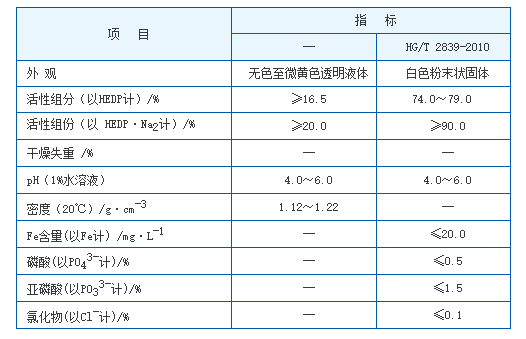The Role of Polyacrylamide Flocculants in Water Treatment Processes and Applications
The Role of Polyacrylamide Flocculant in Water Treatment
Polyacrylamide (PAM) is a synthetic polymer widely used as a flocculant in various industrial applications, particularly in water treatment processes. Its unique chemical properties allow it to interact with suspended particles in water to form larger aggregates, or flocs, which can subsequently be removed by sedimentation or filtration. This article explores the significance of polyacrylamide flocculant in water treatment, including its mechanisms, types, applications, and benefits.
Mechanism of Action
The effectiveness of polyacrylamide flocculants is primarily attributed to their ability to adsorb onto the surfaces of particles in water. Once attached, the polymer chains extend into the surrounding solution, bridging between particles and facilitating their aggregation. This process is known as “flocculation.” As flocs form, they increase in size and density, which promotes easier separation from the liquid phase during subsequent processing stages, such as sedimentation or filtration.
Types of Polyacrylamide Flocculants
Polyacrylamide flocculants can be categorized based on their charge properties
1. Anionic Polyacrylamide This type carries a negative charge and is most effective for treating wastewater with positively charged particles. It is commonly used in various industries, including mining, municipal wastewater treatment, and oil recovery.
2. Cationic Polyacrylamide With a positive charge, cationic PAM is typically applied in situations where negatively charged contaminants are present. It is particularly useful in papermaking and textiles, as well as in the treatment of industrial effluents.
3. Nonionic Polyacrylamide This type has no charge, making it versatile for use in both cationic and anionic environments. Nonionic PAM is often used in domestic and municipal water treatment systems.
Applications in Water Treatment
Polyacrylamide flocculants play a crucial role in various water treatment applications
polyacrylamide flocculant

- Municipal Water Treatment PAM is utilized to remove suspended solids, colloids, and other impurities, ensuring safe and clean drinking water. Their effectiveness enhances the quality of treated water while minimizing the use of traditional coagulants like aluminum and iron salts.
- Industrial Wastewater Treatment In sectors such as pharmaceuticals, textiles, and food processing, PAM is employed to clarify wastewater, allowing for the efficient recovery of water before discharge into the environment.
- Mining and Mineral Processing In the mining industry, polyacrylamide flocculants assist in the separation of valuable minerals from ore by promoting the settling of solid particles, thereby improving recovery rates.
Benefits of Using Polyacrylamide Flocculants
The incorporation of polyacrylamide in water treatment processes provides numerous advantages
1. Enhanced Sedimentation PAM significantly accelerates the sedimentation process, leading to reduced operational time and cost in wastewater treatment plants.
2. Improved Water Quality The use of polyacrylamide results in clearer effluent, reducing the turbidity of treated water and ensuring compliance with environmental regulations.
3. Eco-Friendly Alternatives When compared to traditional flocculants, polyacrylamide can offer more eco-friendly options, especially when utilized in biodegradable formulations.
4. Versatility The wide range of available PAM formulations allows for tailored solutions to meet specific treatment needs, making it a valuable asset across different industries.
Conclusion
Polyacrylamide flocculants have emerged as indispensable tools in the field of water treatment. Their ability to effectively aggregate particles, enhance sedimentation rates, and improve water quality makes them a key component in both municipal and industrial applications. As the importance of sustainable and efficient water treatment solutions continues to grow, the role of polyacrylamide will likely expand, driving innovation and improvement in environmental management practices worldwide.
-
Water Treatment with Flocculant Water TreatmentNewsJun.12,2025
-
Polymaleic AnhydrideNewsJun.12,2025
-
Polyaspartic AcidNewsJun.12,2025
-
Enhance Industrial Processes with IsothiazolinonesNewsJun.12,2025
-
Enhance Industrial Processes with PBTCA SolutionsNewsJun.12,2025
-
Dodecyldimethylbenzylammonium Chloride SolutionsNewsJun.12,2025





